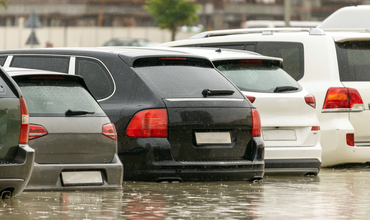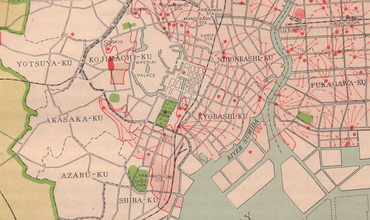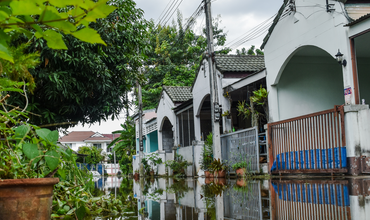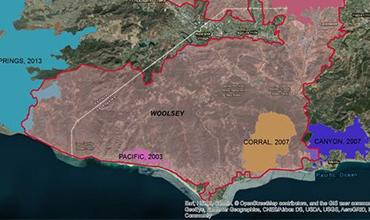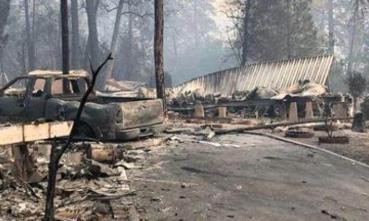Tag: Southern California wildfire
Filter by:
Camp and Woolsey Fires: A Historical and Numeric...

At the time of writing, the recent Camp and Woolsey Fires in California have burned a combined total of 245,000 acres (93,000 hectares) — an…
The New Reality of North America Wildfire

Describing the scale and savagery of the wildfires currently burning in California is difficult to do, but a simple recounting of the…
California Wildfires: Exposure Impacted by the T...

As the Thomas Fire continues to climb the list of the top twenty largest California wildfires for both acres burned and structures destroyed,…





